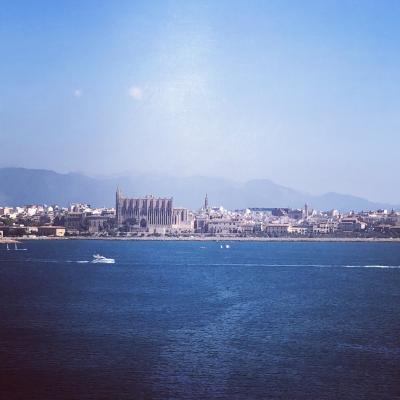What are some key architectural styles tourists can expect to see when visiting Mallorca?
Similar Topics
mallorca architecture
gothic style palma
cathedral of santa
mediterranean architecture
whitewashed walls
moorish architecture
neoclassical buildings
modernist palma
Tourists visiting Mallorca can expect to encounter a rich tapestry of architectural styles that reflect the island’s diverse history and cultural influences. One of the most prominent styles is Gothic, particularly evident in the capital city, Palma. The stunning Cathedral of Santa Maria of Palma, known locally as La Seu, showcases soaring Gothic arches, intricate stone carvings, and impressive stained glass windows, symbolizing the island’s medieval past and its importance as a religious center.
In addition to Gothic structures, visitors will notice a number of buildings showcasing traditional Mediterranean architecture. These typically feature whitewashed walls, terracotta roof tiles, and wrought iron balconies. This style is often seen in rural farmhouses, small villages, and coastal towns, emphasizing practicality and harmony with the warm climate. The simplicity and elegance of these homes create an inviting atmosphere that blends seamlessly with Mallorca’s natural landscape.
Mallorca also reveals traces of Moorish architecture, a legacy from the period of Islamic rule over the island. Elements such as arched doorways, decorative tilework, and intricate wooden ceilings can be found in some historic buildings and courtyards. This influence adds a layer of intricate detail and exotic charm to the local vernacular architecture, offering a unique perspective on the island’s complex past.
Moreover, visitors will discover neoclassical and modernist styles, especially in Palma where the urban development of the 19th and early 20th centuries introduced new forms and aesthetics. The island’s architecture today presents a blend of the old and new, marrying historic grandeur with contemporary innovation while maintaining a distinct Mediterranean identity. This architectural diversity gives Mallorca a character that is both timeless and evolving, making it especially captivating for travelers interested in history, art, and design.
In addition to Gothic structures, visitors will notice a number of buildings showcasing traditional Mediterranean architecture. These typically feature whitewashed walls, terracotta roof tiles, and wrought iron balconies. This style is often seen in rural farmhouses, small villages, and coastal towns, emphasizing practicality and harmony with the warm climate. The simplicity and elegance of these homes create an inviting atmosphere that blends seamlessly with Mallorca’s natural landscape.
Mallorca also reveals traces of Moorish architecture, a legacy from the period of Islamic rule over the island. Elements such as arched doorways, decorative tilework, and intricate wooden ceilings can be found in some historic buildings and courtyards. This influence adds a layer of intricate detail and exotic charm to the local vernacular architecture, offering a unique perspective on the island’s complex past.
Moreover, visitors will discover neoclassical and modernist styles, especially in Palma where the urban development of the 19th and early 20th centuries introduced new forms and aesthetics. The island’s architecture today presents a blend of the old and new, marrying historic grandeur with contemporary innovation while maintaining a distinct Mediterranean identity. This architectural diversity gives Mallorca a character that is both timeless and evolving, making it especially captivating for travelers interested in history, art, and design.
🧩 Related Questions
Related Question
How can urban development on Mallorca lead to contamination of groundwater resources?
Related Question
What festivals or local events celebrate Mallorca’s agricultural products and traditions?
Related Question
How did Mallorca’s artistic heritage develop differently from Ibiza’s, particularly in the 18th century?
